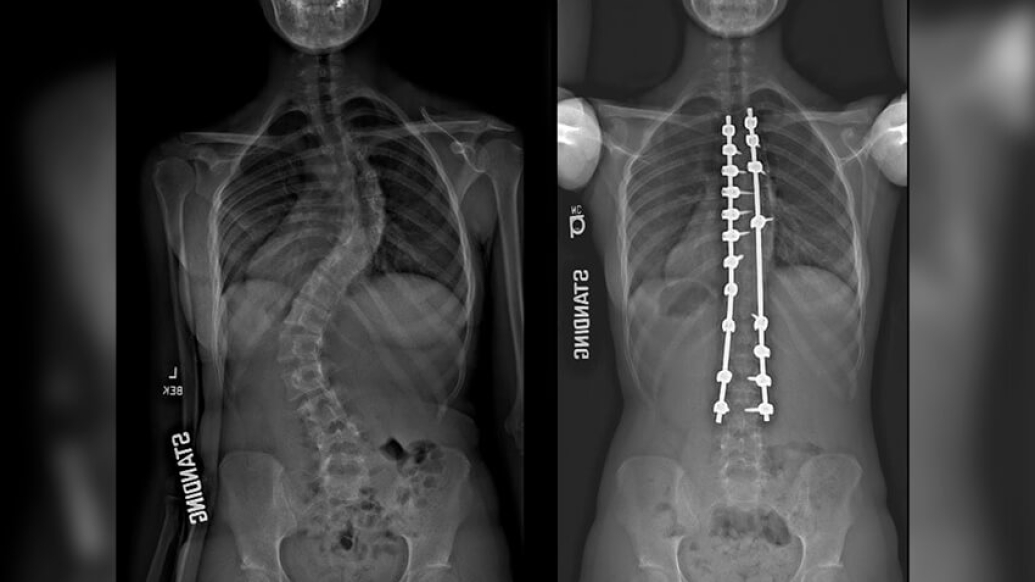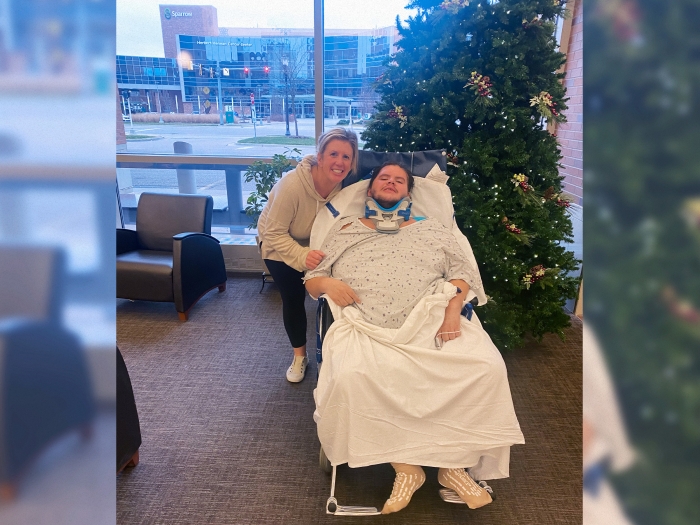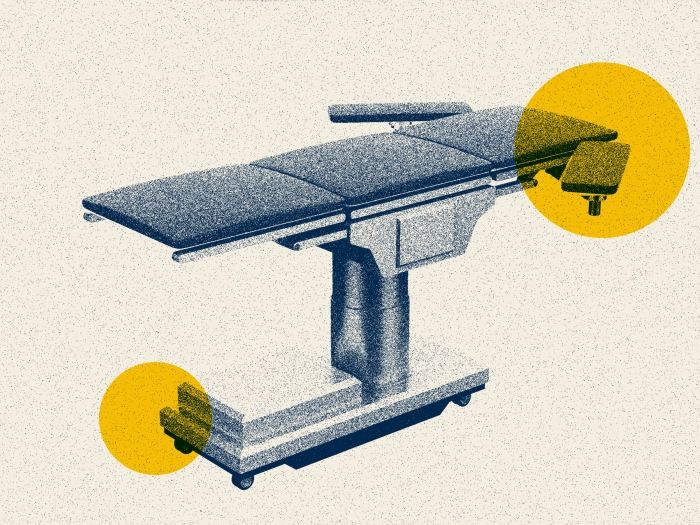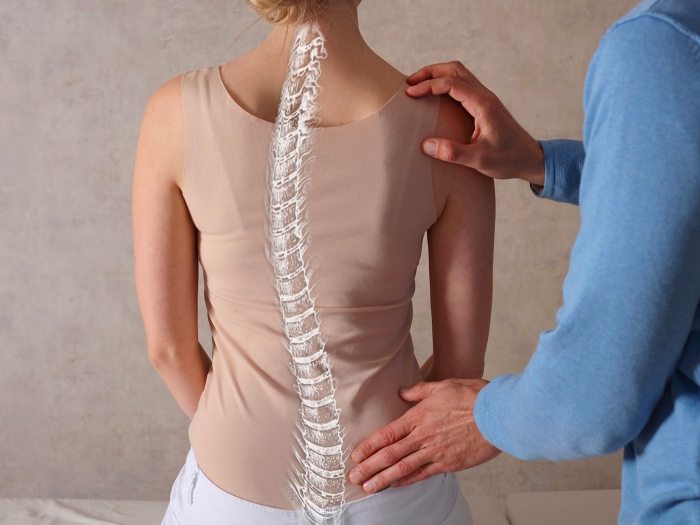Narcotics after surgery often lead to side effects such as nausea, vomiting and itching.
5:00 AM
Author |

For adolescents with scoliosis undergoing major spinal fusion surgery, a combination two drugs reduces the amount of postoperative opioid use and side effects, a new study suggests.
Researchers at University of Michigan Health, Michigan Medicine, analyzed how combining intrathecal morphine and oral gabapentin, an anticonvulsant that is used to treat nerve-related pain, would provide more effective postoperative pain control than the morphine alone.
Not only did they find that the adolescents who received both drugs required fewer oral narcotics after surgery, but average pain scores were more stable and patients experienced fewer side effects, such as nausea and vomiting.
Like Podcasts? Add the Michigan Medicine News Break on iTunes, Google Podcasts or anywhere you listen to podcasts.
"Anybody who is in health care or has a family member who has had surgery knows that pain control is important, but narcotics can produce many adverse effects," said G. Ying Li, M.D., lead author of the study and service chief of pediatric orthopaedics at U-M Health C.S. Mott Children's Hospital. "Reducing the number of opioids consumed by adding non-narcotic medications, which is termed 'multimodal pain management,' makes for a much better experience for adolescents undergoing this procedure for scoliosis."
SEE ALSO: Predicting Pain in Kids after Spine Fusion
For a long time, the average length of stay after spinal fusion surgery for scoliosis, or a curve in the spine, was between four and five days. During that time, the adolescents who had rods and screws inserted to fuse their spines into a straighter position would receive narcotics either intravenously or through a catheter that went into the spinal canal after surgery.
Li worked with Rebecca Hong, M.D., co-author and clinical assistant professor of anesthesiology at U-M Health, to begin administering morphine intrathecally, or through a single injection into the fluid around the spinal cord, without the need for any IV narcotics after surgery. With improved pain control, they were able to reduce the average hospital stay to only two days, and the practice became standard at the hospital. Still, side effects persisted among patients.
What a lot of providers want is to be able to provide multimodal pain manage ent, not just for kids and orthopaedic surgery.G. Ying Li, MD
For the study, published in the Journal of Orthopaedic Surgery and Research, researchers examined the postoperative course of 50 adolescents with scoliosis who had spinal fusion surgery. Half were given intrathecal morphine only while the other 25 also received gabapentin before and after the procedure. All patients received Tylenol, ibuprofen and a muscle relaxant.
Researchers found that approximately half of the group who took gabapentin experienced nausea, vomiting and itching after surgery, compared to over 70-80% of the group who received solely intrathecal morphine. The first group also had significantly lower mean total oxycodone consumption during the hospitalization and had more consistent pain scores with fewer reported spikes.
"Our use of intrathecal morphine and transitioning directly to oral pain medications the day after surgery had already led to our patients getting discharged sooner after this surgery than at most other children's hospitals because their pain was so well-controlled," Hong said. "However, we continually seek to improve our process, and our patients' and their family's satisfaction with the care they receive here. The addition of gabapentin has helped in regard to both metrics."
SEE ALSO: Prescription Opioid Use and Treatment a Concern for Adolescent Surgery Patients
Future studies are needed for clinicians to find the optimal dosing for the gabapentin-intrathecal morphine combination, researchers concluded. But the method of reducing opioid intake by adding gabapentin has potential to be considered for other procedures beyond spinal fusion for scoliosis, which is a procedure that approximately 38,000 children in the United States undergo every year, Li said.
"What a lot of providers want is to be able to provide multimodal pain management, not just for kids and orthopaedic surgery," she said. "During this opioid epidemic, we want to provide options that include non-narcotics to decrease the amount of narcotics we are prescribing and, ultimately, decrease the amount of leftover narcotics at home that can get into the wrong hands."
Paper cited: "Gabapentin and intrathecal morphine combination therapy results in decreased oral narcotic use and more consistent pain scores after posterior spinal fusion for adolescent idiopathic scoliosis," Journal of Orthopaedic Surgery and Research. DOI: 10.1186/s13018-021-02525-z

Explore a variety of healthcare news & stories by visiting the Health Lab home page for more articles.

Department of Communication at Michigan Medicine
Want top health & research news weekly? Sign up for Health Lab’s newsletters today!





